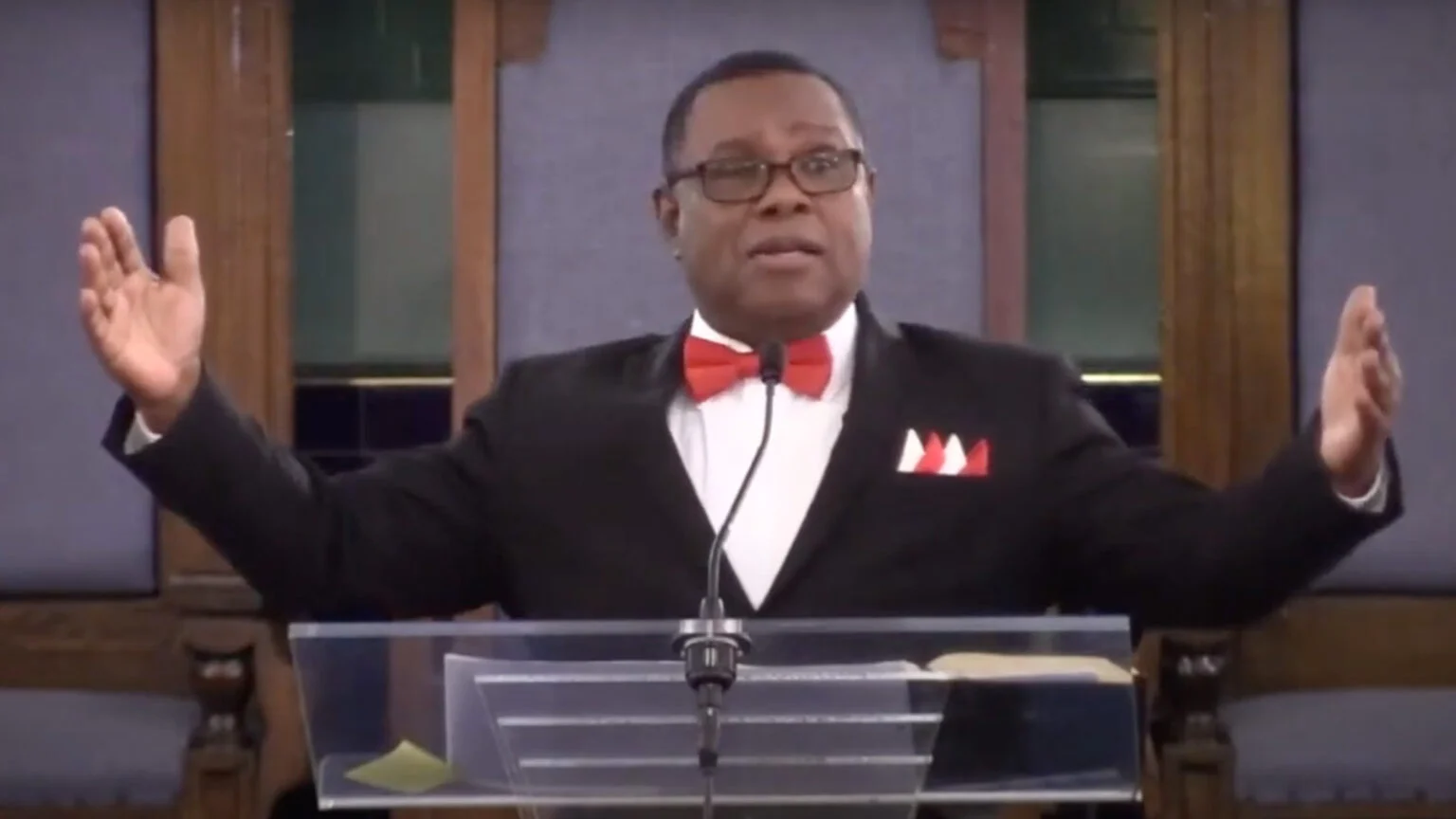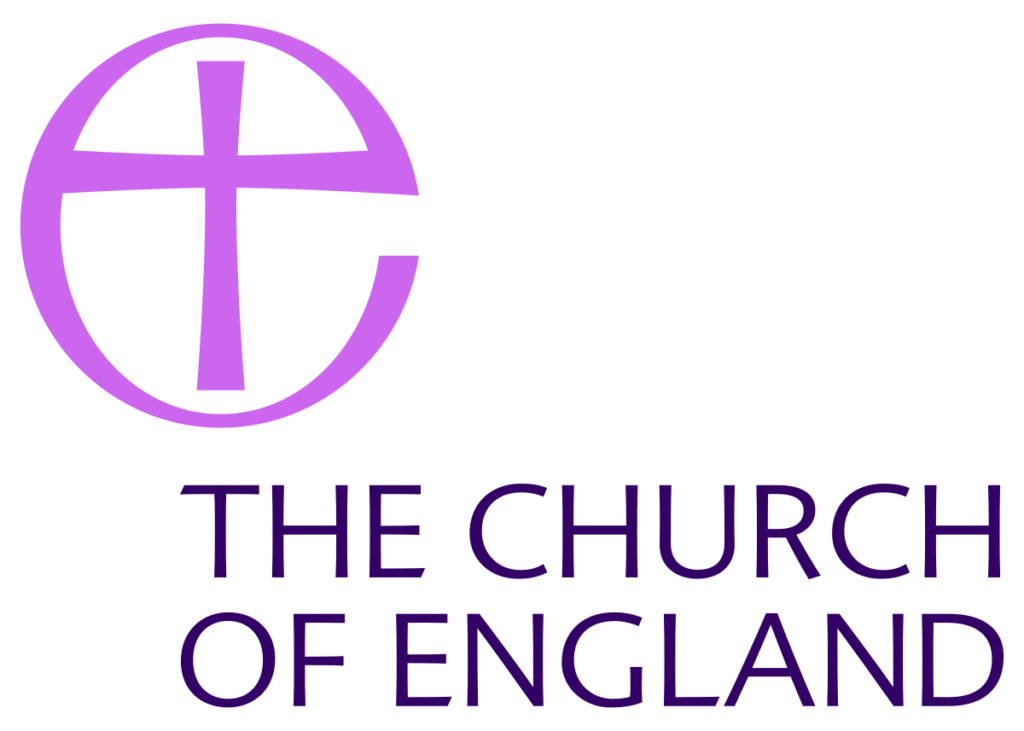
During the months and years of my trying to understand the Christ Church College dispute with its Dean, Martyn Percy, the material needing to be absorbed, has grown exponentially. There was once a time when one could easily keep on top of the available public material, but I fear that point has passed for all but a very few enthusiasts for the case. When you add in the Private Eye contributions, the letters and comments from alumni and others, you are faced with a massive amount of material. One day the whole affair will be properly written up for a D Phil thesis and all the numerous threads joined together. The villains and the heroes of the story will be identified, and there will be a measured assessment of the real motives and priorities of those who expended enormous amounts of energy in the effort to topple the Dean.
Surviving Church has strayed, over a period, from being a blog which chiefly focused on teaching aspects of the Christian tradition to mainly commentary work. These commentary pieces try to illuminate for my readers some of the current issues in the Church that are newsworthy and topical. My qualification for doing this is not secret access to confidential information, but simply the readiness to attempt to interpret what seems to be going on according to available evidence. The Christ Church saga is one of the stories that I have been following over two or three years. The numbers of my readers seem to shoot up when I offer my opinions on this story. The material to be reflected upon is now so extensive that it seems that there is always at least one facet of the story that needs comment or further scrutiny at any one time.
The recent news from Christ Church is centred not on the College itself, but on the Charity Commission (CC). As I pointed out some months ago, the CC potentially has real power to change the situation for the College and the Dean. As every trustee of a charity knows, charitable status, with all its tax benefits, has to be earned. Each charity in Britain has a separate number and has to produce a published statement of their charitable purposes on a regular basis. If a charity deviates from these charitable purposes, the CC can come in with the legal power to take charge by sacking trustees or whatever else is necessary. A large Church in London was taken to task around three years ago when large sums of money were found to have disappeared into property speculation. I don’t remember the details, but the CC became involved and was able to take decisive action. The number of occasions where there is something to be done like sacking trustees or closing bank accounts, is relatively few. The CC human and administrative resources are simply not sufficient for effective oversight of every charity in the country. The Commission, however, seems to operate decisively when scandals are high-profile, and the problems of a charity have attracted public attention. Christ Church obviously falls into that category. Once such attention from the CC has been attracted, a casefile is opened, an investigative team gathered, and the CC pursues the problem with energy until all the outstanding issues are resolved.
The Church Times of November 26th and a blog post by Martin Sewell of the same date, refer to a letter sent by the CC on November 4th to the Christ Church Governors. This letter from Helen Earner, Director of regulatory services, does not speak soft words. It ‘requests a long list of background information about the dispute. This includes Governing Body minutes from June 2018 onwards covering the salaries-board dispute …. the money that has been spent on the action hitherto, including payments for legal advice and public relations support and details of the mediation process and why it was halted.’ David Lamming in a blog contribution on Thinking Anglicans, lists various other detailed items being demanded, including minutes of Governors’ meetings where expenditure was authorised.
This recent letter suggests that the CC is fully up to date with what has been going on in the dispute. The answers required to this latest letter will have to be of standard far higher than any platitudes offered by public relations advisers. All the way through this ongoing saga, we have often felt as though truth has been difficult to establish because the College propaganda machine has been cranked up to suggest that the Dean is a wicked dangerous person. The point at which this process reached a peak was when a list of inhibitions against the Dean were made known to the Press. This was at the time when a CDM was brought against the Dean in November 2020. As part of the CDM, a risk assessment for the Dean was produced, and this claimed, in summary, that he posed a significant danger to everybody in the college. The Dean was forbidden to meet anyone in the College unchaperoned, and he was also forbidden to enter the Cathedral. The author of this risk assessment was never revealed. Two suggested authors denied any hand in it. Clearly, whatever the origin of what I referred to at the time as the ‘dodgy risk assessment’, the existence of such a document suggests underhand behaviour among those who wished to do the Dean harm. A member of the chapter was also heard by members of the cathedral congregation to compare Percy with Peter Ball. It is stories and rumours like this, as well as minutes of meetings and published emails, that will receive forensic scrutiny by the CC. This will enable them in due course to produce an accurate narrative which has integrity and truth.
The requested access by the CC regulator to the minutes of the Governing Body, also mentioned a need to see copies of the emails that Sir Andrew Smith had sight of for his 2018 Tribunal (when the Dean was exonerated). These were published in the appendix to his judgement. Some of the comments in the emails possessed a measure of vitriol who would make it very hard to make a claim that the authors were dedicated only to the pursuit of objective justice. Evidence of such poison against an individual, whether caused by professional jealousy or irrational resentment towards a challenger to the status quo, does not make for a good look. All such documents need to be re-examined by an objective third party like the CC. Given the fact that charitable activities are defined both in law and in the common-sense judgment of ordinary people, it is hard to see how the behaviour of Percy’s enemies will pass the ‘smell-test’ when their words are examined in detail.
Martin Sewell’s latest piece in the blog Archbishop Cranmer https://archbishopcranmer.com/ gives a lot of weight to the issue of the importance of justice being seen to be done. He reminds us of a letter to the Times in March 2020 from Baroness Stowell, then Chair of the CC. She stated that powerful wealthy institutions like Christ Church must earn their status as charitable entities. Public perception of what is going on in Oxford is important. Sewell observes that if the processes involved in setting up a second Tribunal are not seen to be fair, then that will tell against them. In short, the CC may quickly intervene if the process looks like a kangaroo court. One factor, which may favour Percy, is that, according to Sewell, it is going to be extremely hard to find members of the tribunal who have no conflicts of interest. The Church of England has made recent statements about the importance of observing this strictly in all legal cases. The Sewell article goes into this point at some depth. If the College found itself unable to suggest suitably qualified tribunal members, it would lose control of the process. The previous tribunal of 2018 under Andrew Smith ruled in Percy’s favour on all 27 points and swallowed a huge tranche of charitable funds. The first and second CDMs against the Dean have failed. Is Christ Church really going to able to risk yet another quasi-judicial process under the scrutiny of the CC? The cost of failure this second time for the College may lead to substantial personal financial liabilities for the individual members of the Governing Body.
The indications that the Charity Commission is taking a detailed interest in the Percy affair at Christ Church is likely to be good news for all of us who have supported Percy over his years of persecution and harassment. He has survived stress and breakdown with the help of family, supporters, and hundreds of Christ Church alumni. Meanwhile around him, the professional reputation and integrity of various people in the Church and the College is being scrutinised as never before. Vast sums of money have been spent on reputation polishers and lawyers, but this will not protect them if wrongdoing is uncovered. The healthy functioning of two important institutions, the Oxford Diocese and Christ Church College has been weakened. If we are right that a body, the CC, which has clout and a deep desire for justice is now fully on board in the defence of truth, then we might be coming close to the final chapter in this story. Let us hope so. Sewell’s article and the authoritative tone of Helen Earner of the CC certainly point in this direction.







